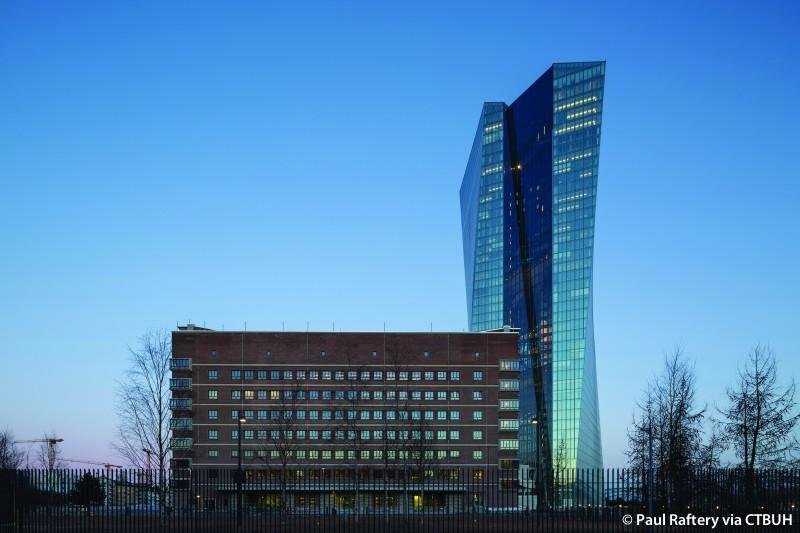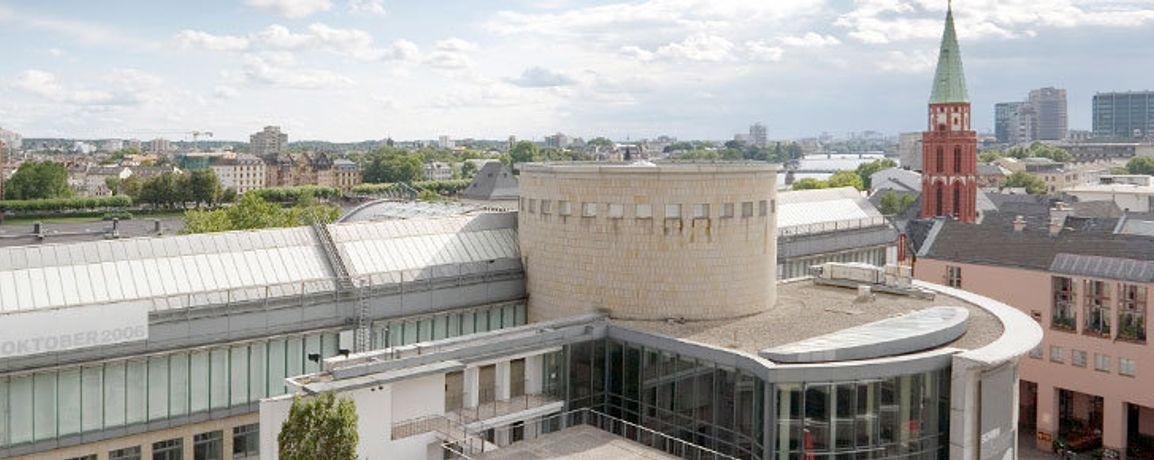Muscat, the capital city of Oman, is a captivating blend of traditional Arabian architecture and modern design, reflecti...
The Architectural Landscape of Frankfurt: A Fusion of Tradition and Modernity

Frankfurt, Germany's financial powerhouse, boasts a remarkable architectural landscape that mirrors its status as a global city. Renowned for its skyline adorned with towering skyscrapers and historic buildings, Frankfurt presents a unique blend of tradition and innovation.

At the heart of Frankfurt lies the Römer, a medieval building complex that has served as the city hall since the 15th century. With its iconic gabled roof and ornate façade, the Römer symbolizes Frankfurt’s rich history and serves as a venue for important civic events. Its picturesque square, Römerberg, is surrounded by charming half-timbered houses, creating a stunning contrast to the modern structures that dominate the skyline.

Just a short walk away is the Frankfurt Cathedral (Kaiserdom St. Bartholomew), a stunning Gothic masterpiece. Completed in the 14th century, the cathedral features a striking red sandstone exterior and a towering steeple that offers panoramic views of the city. The interior, adorned with intricate stained glass windows and wooden altars, reflects the city's historical significance as the site of royal coronations.
Frankfurt's skyline is defined by its impressive skyscrapers, with the Main Tower being one of the most recognizable. Standing at 200 meters, it is the fourth tallest building in Germany and features a public viewing platform that provides breathtaking views of the city and the River Main. The tower’s glass façade reflects the dynamic nature of Frankfurt’s financial district, showcasing the city’s modern architectural aspirations.

Another architectural highlight is the European Central Bank (ECB) building, designed by the renowned firm Coop Himmelb(l)au. This striking structure, with its bold angles and glass surfaces, represents the importance of Frankfurt as the financial hub of Europe. The ECB building not only serves as a functional space for monetary policy but also as a symbol of European unity and economic stability.
The Alte Oper (Old Opera House) is a testament to Frankfurt’s cultural heritage. Originally opened in 1880, the building underwent extensive restoration after being damaged during World War II. Its neo-Renaissance façade and grand concert hall attract music lovers from around the world, making it a cultural landmark in the city.

In contrast to these historical structures, the Messe Frankfurt exhibition center showcases the city’s commitment to innovation and commerce. With its modern design and expansive exhibition spaces, it hosts numerous trade fairs and events throughout the year, solidifying Frankfurt’s reputation as a global business destination.
The Palmengarten, Frankfurt’s botanical garden, offers a serene escape from the urban hustle. Founded in 1868, the garden features a variety of architectural styles, including the stunning Palm House, which showcases exotic plants in a Victorian glass structure. The garden beautifully combines nature and architecture, creating a tranquil oasis for visitors.
Frankfurt’s commitment to sustainability is reflected in projects like the Taunusanlage Park, which integrates green spaces into the urban environment. The park features modern pavilions and walking paths, promoting a healthier lifestyle for residents and visitors alike. This focus on green architecture highlights Frankfurt’s dedication to creating a livable city.
The city’s residential architecture also showcases a blend of styles. From historic Altbau (old buildings) with ornate facades to contemporary apartment complexes, neighborhoods like Sachsenhausen and Nordend offer a glimpse into Frankfurt’s diverse architectural landscape. The charming streets are lined with cafes and shops, creating a vibrant atmosphere for residents and tourists.

The Jewish Museum Frankfurt, housed in a modern building, is another architectural gem that reflects the city’s commitment to preserving its history. The museum’s design incorporates elements of Jewish culture and history, providing a thoughtful space for reflection and education. Its striking architecture serves as a reminder of Frankfurt’s rich cultural tapestry.
In the realm of education, the University of Frankfurt features a mix of historical and contemporary buildings, creating an inspiring academic environment. The campus showcases a blend of architectural styles, from classical lecture halls to modern research facilities, fostering innovation and collaboration among students and faculty.

The Schirn Kunsthalle is a prominent art museum located in the heart of Frankfurt. Its modern architecture features a striking façade and flexible exhibition spaces that host contemporary art exhibitions. The museum’s design encourages engagement with art and culture, making it a vital part of Frankfurt’s artistic landscape.
In conclusion, Frankfurt’s architecture is a captivating blend of history, culture, and modernity. From the medieval Römer to the soaring skyscrapers of the financial district, the city’s architectural landscape tells a story of resilience and adaptation. Whether exploring historic sites or embracing contemporary designs, visitors to Frankfurt are treated to a remarkable journey through time, showcasing the city’s unique architectural identity and its role as a dynamic cultural and economic hub in Germany. The fusion of traditional and modern elements defines Frankfurt’s character, making it a city that honors its past while embracing the future.
Share:




